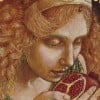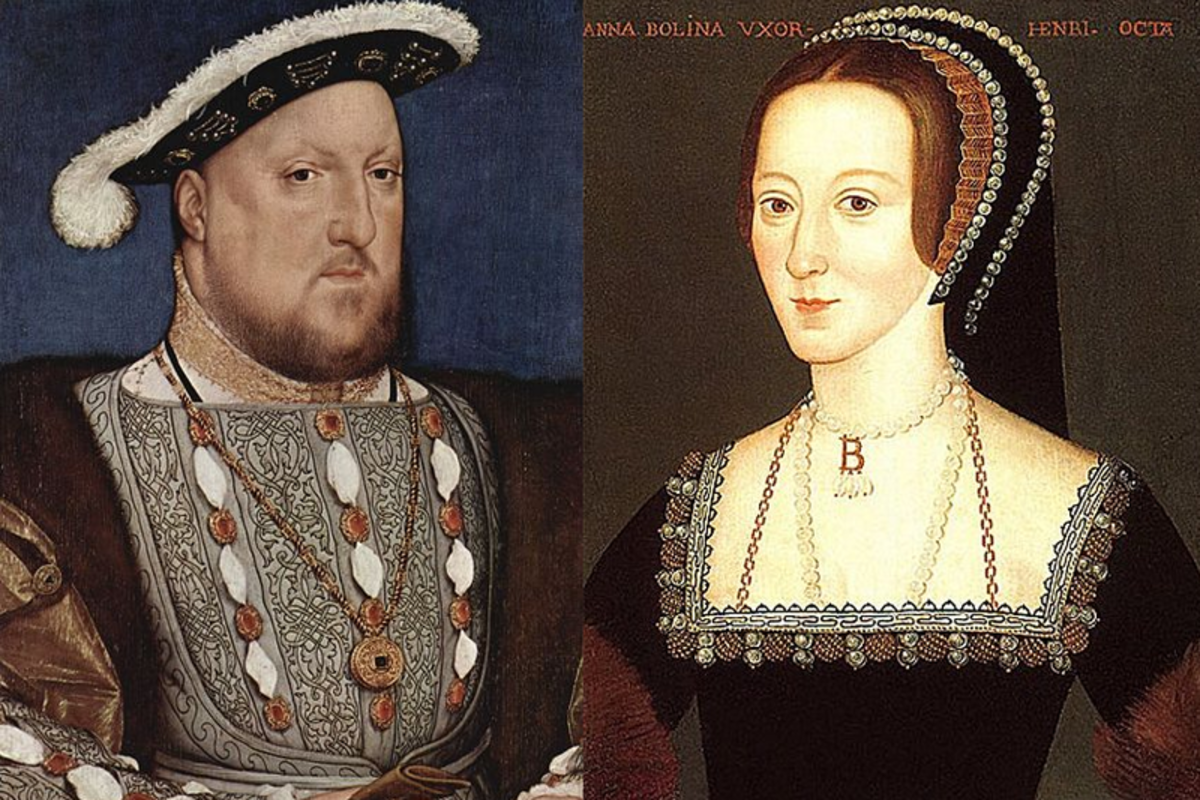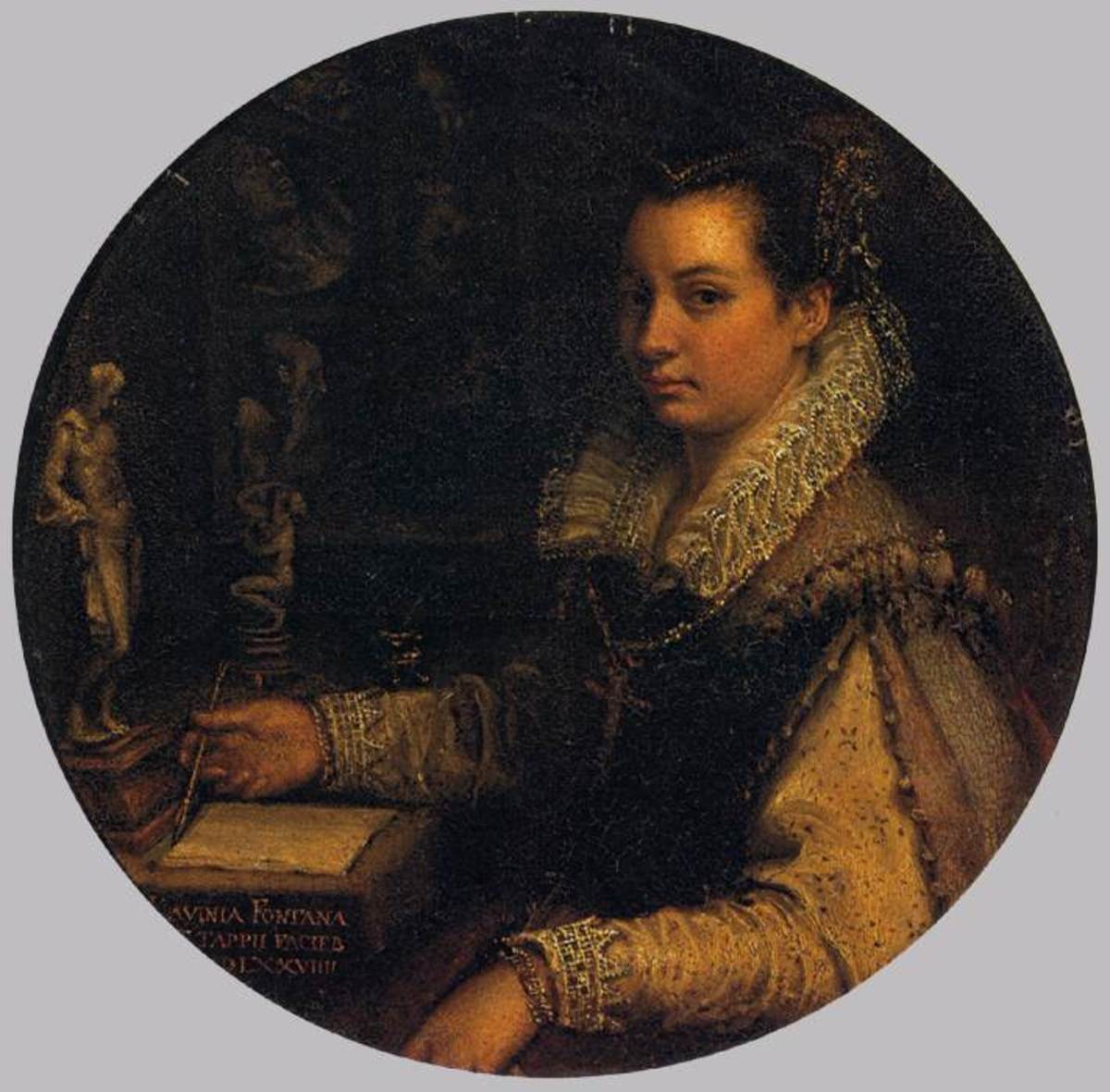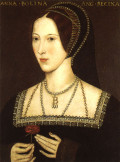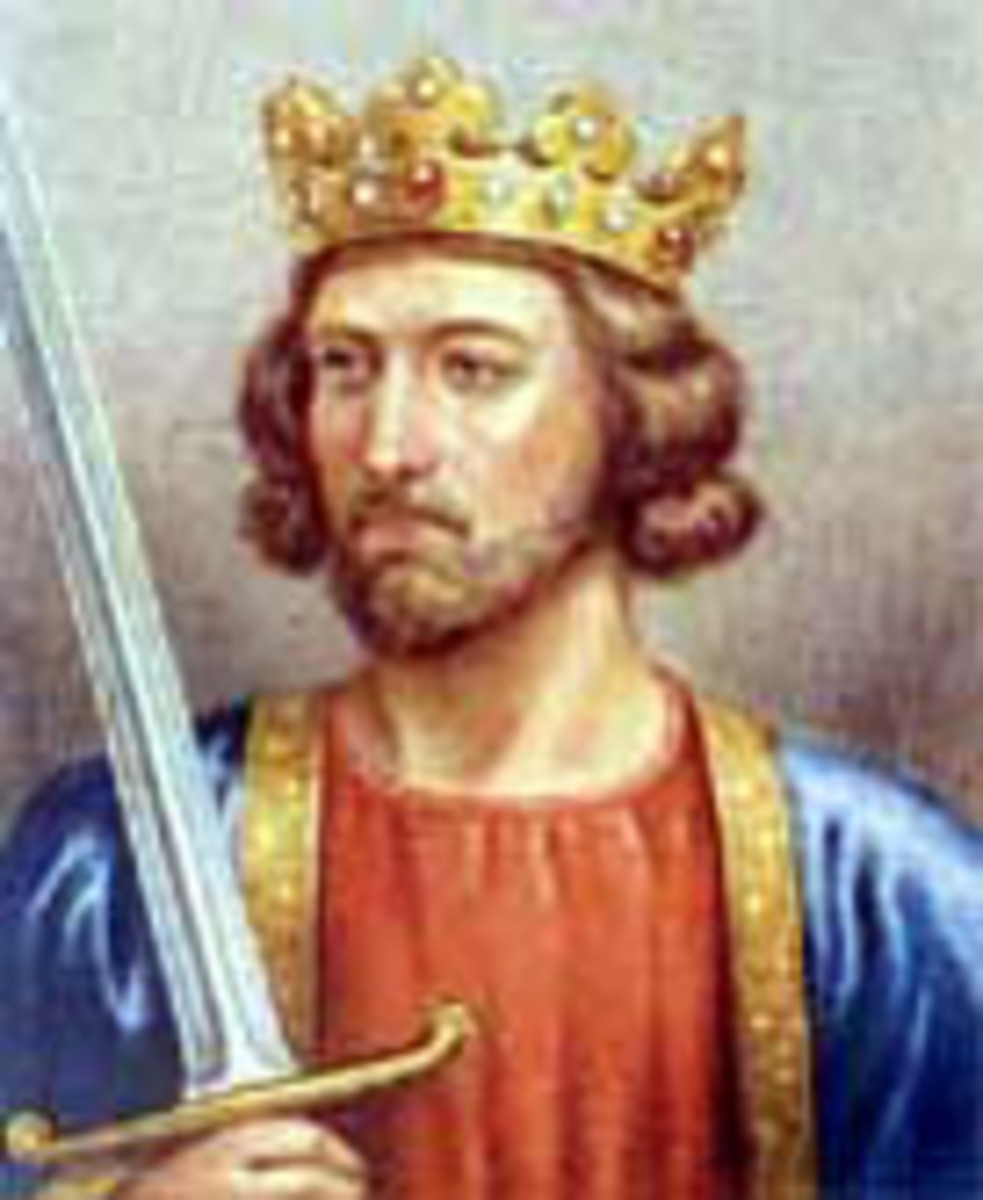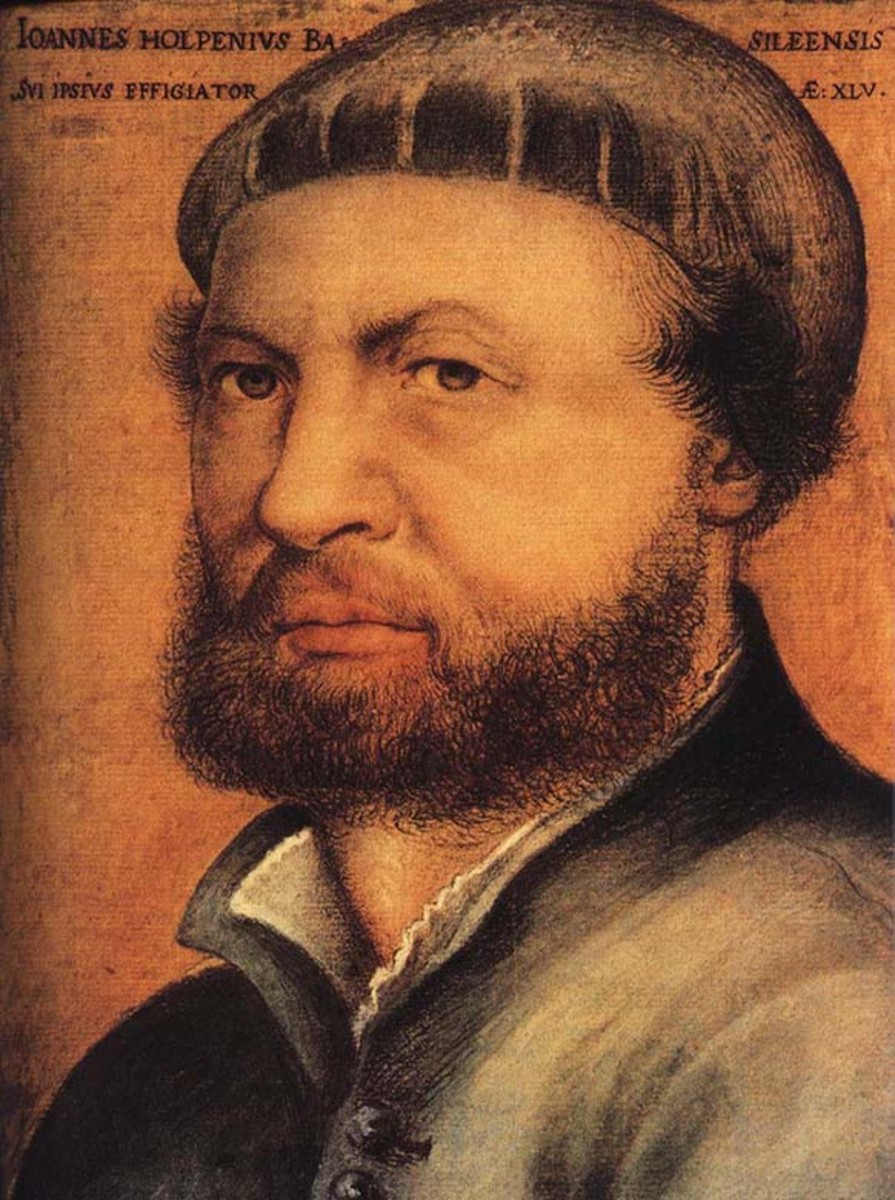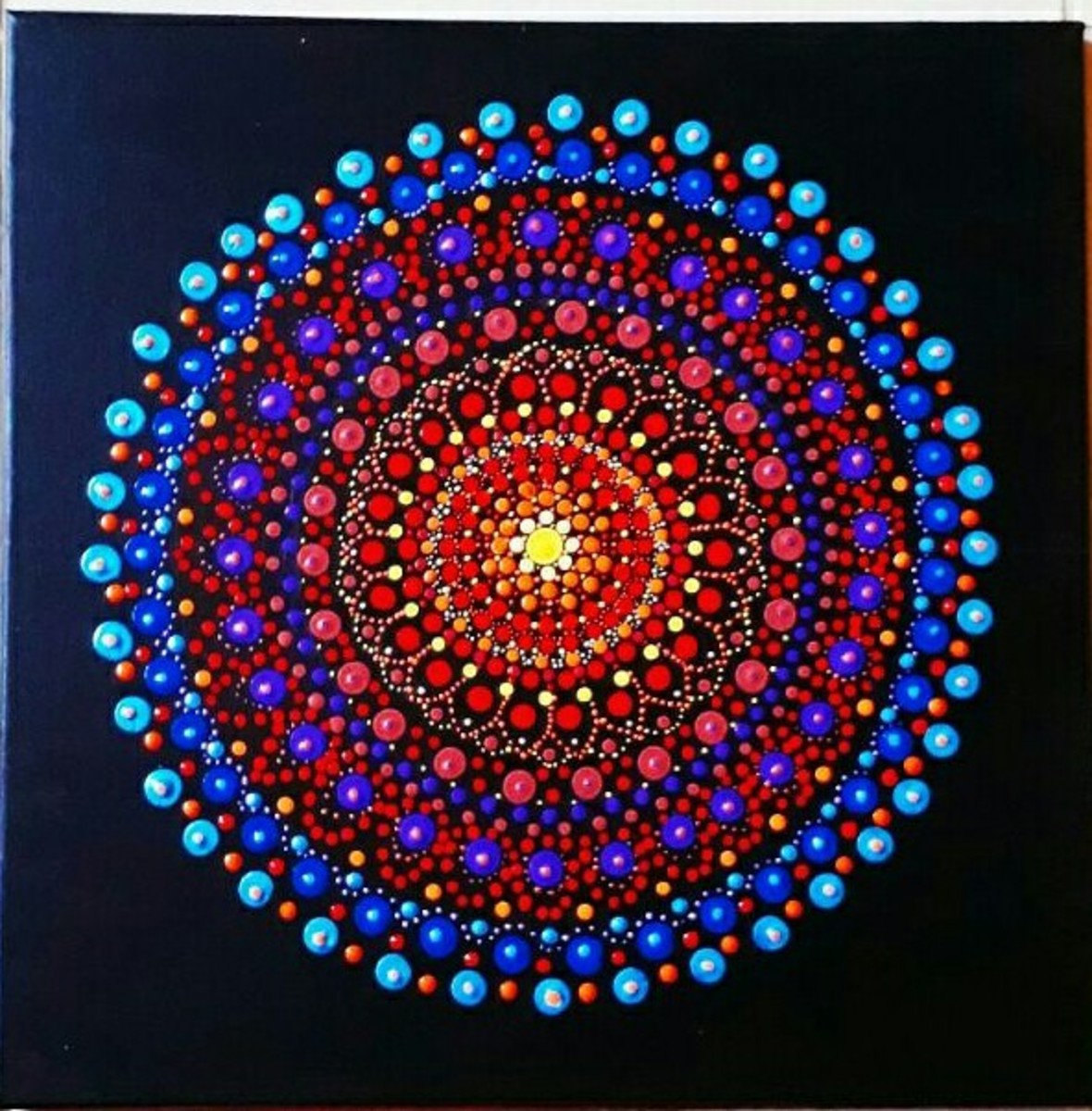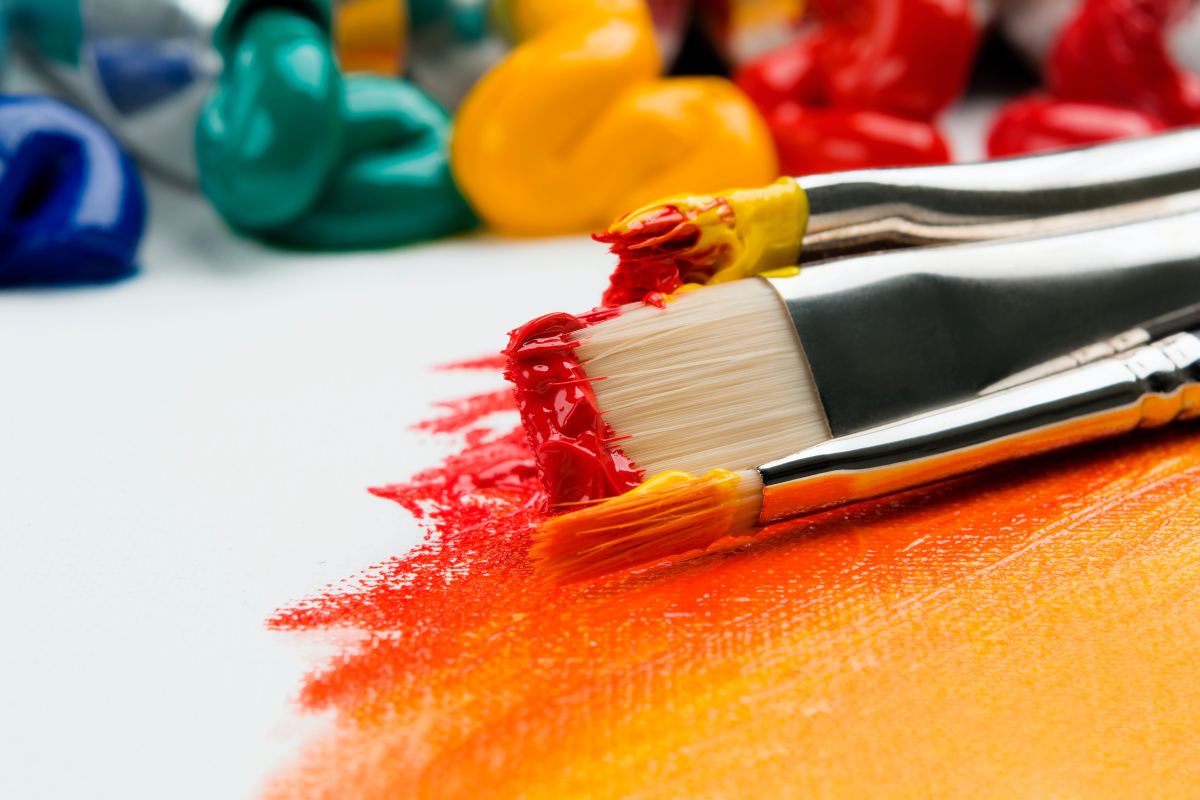Hans Holbein The Younger
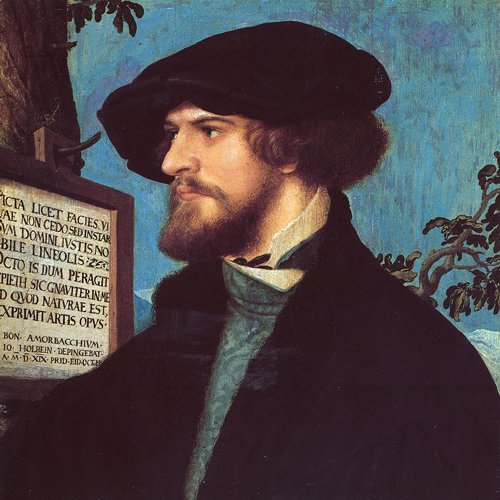
Hans Holbein the Younger was born in Augsburg, Germany, in 1497. He was known as Hans Holbein the Younger because his father, Hans Holbein the Elder, was also an accomplished painter.
Hans Holbein moved early in his career to Basel, Switzerland. He established a reputation as an internationally renowned artist very early on. Holbein's influences were a rich stew of Late Gothic and Early Italian, French Renaissance, as well as his father's German Gothic and Netherlands styles of painting.
Hans Holbein was alert, intelligent and extremely gifted. He ignored the conventions in his work; it is very lifelike and doesn't contain much of the stylized, conventional ideas of beauty of his time. His work is much less stiff and so lifelike that it breathes.
Holbein Portrait of Thomas More
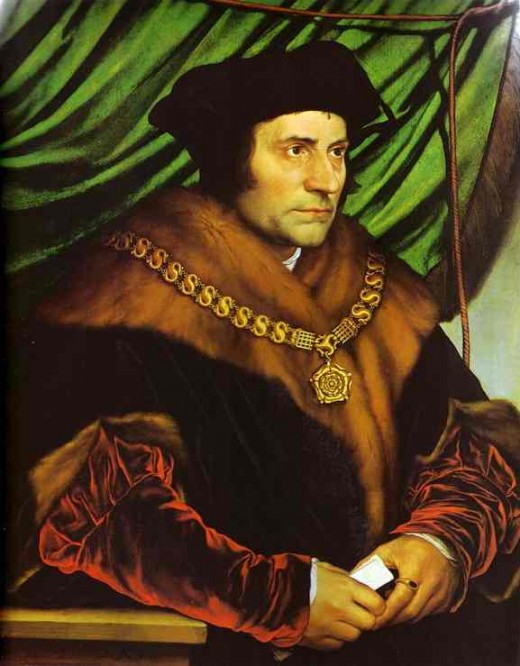
Holbein went to England in 1526, during the Reformation. He went with a letter of recommendation from the great scholar and humanist Erasmus of Rotterdam, who wrote, "the arts here are freezing". The Reformation (division of Western Christianity between Lutheran Protestantism and the Roman Catholic Church) had a severe impact on artists of that time, because artists depended on aristocratic patronage for their livelihoods, and the schism divided and reduced the resources of the aristocracy.
Holbein obtained the patronage of Sir Thomas More. One of Holbein's first jobs in England was the portrait of Sir Thomas More. His preliminary sketches for this portrait are still preserved at Windsor Castle.
Holbein was awarded the official title of Court Painter by King Henry VIII. Hans had a variety of work to do to fulfill this office:he designed costumes for pageants, he made jewelry, designed furniture, goblets, weapons, decorations...
But he's most known for his portraits. They live; they breathe.
Life-Size Portrait of King Henry VIII by Holbein
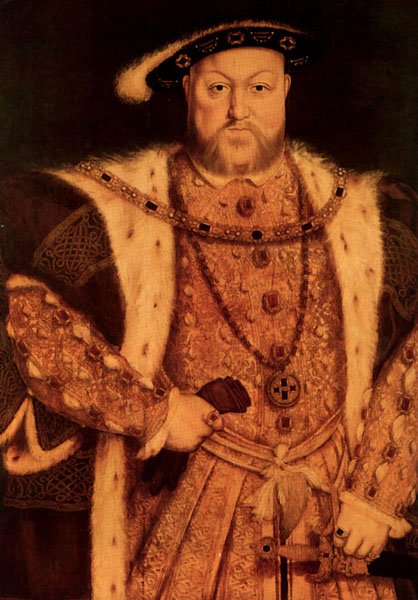
Hans Holbein's life-sized portrait of King Henry VIII was so lifelike, that when it was hung for the first time at the palace at Whitehall, a courtier bowed to it.
His work is so natural, so very well composed, that it's easy to miss the underlying symbolism, allusions and paradoxes in the details of his art, which form a lasting fascination for scholars and historians. In the above portrait of Henry VIII, Henry is holding ladies' gloves in his hand. A lady would give her chivalrous knight her gloves, as a love gauge.
It's due to Hans Holbein's art that we have today such an accurate, complete and vivid idea of court life in England during the reign of Henry VIII in Reformation England. Holbein has such a fine and careful attention to detail, and an artist's indifference to conventional beauty. Hans Holbein painted what he saw. He had the artistic integrity to tell the truth in his paintings. He didn't prettify his subjects. He wanted to show them as they were, and reveal and record their personalities through his art.
Hans Holbein remained the King's Painter through many political upheavals following the King's marriages. Holbein deftly survived the downfall of his first two great patrons, Thomas More and Anne Boleyn, but his career undoubtedly suffered. He executed many privately commissioned portraits during this time, including some portraits of Steelyard merchants.
Hans Holbein the Younger died late in the year of 1543 at the age of 45. Describing himself as "a servant of the King's majesty", Holbein made a deathbed will, naming his two legitimate children and his wife, all of whom remained in Basel, Switzerland, as his heirs.
The exact cause of Hans Holbein's death is not known, though some historians believe he died of the plague. The site of Holbein's grave is unknown and may never have been marked.
If you want MORE, click HERE:
- Tiziano Vecellio, better known as "Titian"--Was This Renaissance Artist a Follower of the Goddess?
Was Titian a follower of the Goddess cult? It looks that way! Read more to find out. - The Bayeux Tapestry
The Bayeux Tapestry, or Bayeaux Tapestry, isn't really a tapestry at all. It's a LONG (over 200-foot-long) embroidered cloth, telling the story of William the Conqueror, and giving us a vivid, living picture of life in the Middle Ages. - Changes in Art in the Last One Hundred Years
Do you think fine art is less beautiful now than it was 100 years ago? YOU CAN VOTE ON WHAT YOU LIKE! This is a short article that compares some late 19th, early 20th century artists with today's post-modern school of art. CHECK IT OUT!
